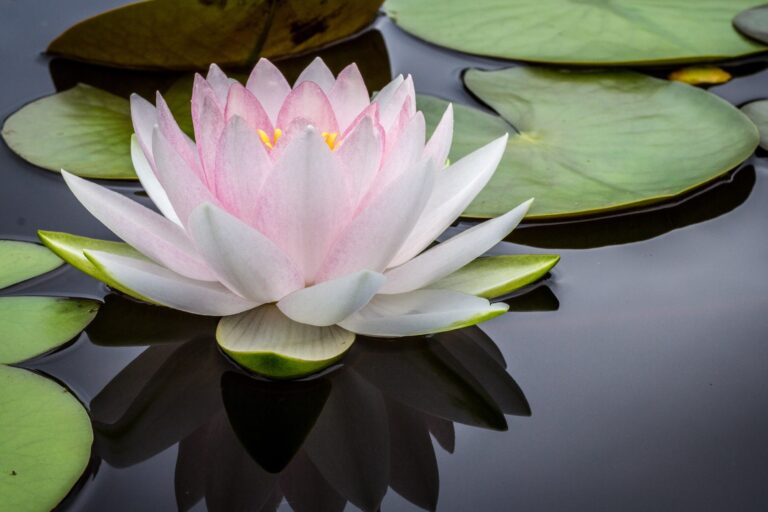
Let’s say you are interested in learning more about Eastern cultural beliefs or spiritualism. You might have noticed certain symbols like the lotus flower and hamsa appearing repeatedly in such situations. Do you know what these symbols mean? This article will explain the basics. The meanings of the 7 most commonly used words You can learn more about the spiritual symbols and their history to help you integrate them into your daily practice.
1. Om
The Hinduism is the source of the Om symbol. This symbol, which means “the breath of the universe”, appears in the Vedas (the oldest Hindu scripture). Professor Dheepa Sunderam states that yoga is about holism. In Hinduism, the symbol Om represents this wholeness.
This symbol represents waking, sleeping, or deep sleep. Transcendence can be symbolized by the illusion of a small fold in its middle and the uppermost section.
How do you use it?
As you meditate on your connection to the universe, a sacred sound called om is made. It can be repeated fast or slow.
2. Lotus flower
The lotus flower, another symbol of Hinduism, is also a Hindu symbol. It is the place where all things are made. The lotus flower, which has been an integral part of Hindu culture over centuries, is still the national flower in India.
The Lotus flower is only found in swampy areas, but it continues to bloom despite the mud. Its structure means that its leaves don’t hold dust. Raindrops are used to clean it. This is why the The lotus flower is often associated with purity, endurance, e, and rebirth.
How do you use it?
Padmasana, a type of yoga pose, can be attempted. You will be able to cross your legs and face your soles with your feet up.
3. Hamsa (Hands of Fatima).
Hamsa is a symbol of many traditions. It is closely linked to Hinduism and Islam. It is a well-known symbol today. To drive out bad and negative energies This is often used as jewelry.
It’s usually used in Islam and Judaism as a way to protect others and drive away evil eyes. It is synonymous with Brahman, the supreme being in Hinduism. It is used in Buddhism to represent the Universal spirit and Samsara, the eternal cycle between death and rebirth.
How do you use it?
It can be displayed in your home or on the wall as a protection symbol.
4. Mandala
Mandalas have been traditionally associated with Buddhism and Hinduism. These intricate patterns are a symbol of complexity. The structure of the universe, self-seeking, spiritual growth. This structure, made up of many layers, reflects the qualities needed to attain wisdom and self-realization.
Buddhist monks Use sand mandalas as a symbol of impermanence. you must do more The material. The Buddhist tradition focuses on mortality and transience. It is the link between spirituality and matter in the Hindu tradition.
How do you use it?
Draw your own. Mandala is a type of meditation.
5. Buddha
Siddhartha Gautama was later called Buddha, BC. He lived in fifth century. Sundaram says that Buddha can be called one of the earliest yoga masters. He believes ignorance is the main cause of all human suffering. Buddhism, a religion founded on Buddha’s teachings is often used in sacred locations around the world. Since Buddhism began to flourish, the Buddha image has symbolized enlightenment. Unity and peace.
How do you use it?
Study Buddha’s teachings can be combined with the Buddha statue to create a holistic connection. This is a symbol of Buddhism’s philosophy and education.
6. Evil eye
The evil eye is very similar to the hamsa. It is used widely in Judaism and Islam, Hinduism and Buddhism. An evil eye indicates that someone is looking at you with too much distraction. The symbol BC is a symbol that has a long history. It was used since the sixth century. As a talisman to repel malicious and envious eyes.
How do you use it?
To protect your home from negative energies, you can either make jewelry with it or hang it on the doorway.
7. Yin & yang
The law of polarity is represented by yin and yang (male and female). This idea originated in China, BC. It dates back at least to the third-century. This notion of opposing powers has permeated many cultures since then. This has led to yin and Yang. It symbolizes nature’s inherent harmony and balance.
How do you use it?
You can also try yin yoga for relaxation during difficult times. Sundaram is often used These symbols are displayed in an eclectic manner without being considered. Their history. You need to understand the history behind these symbols and what they mean. Guide you in your spiritual journey journey. You can deepen your spiritual practice by understanding the meanings and history behind these symbols.!